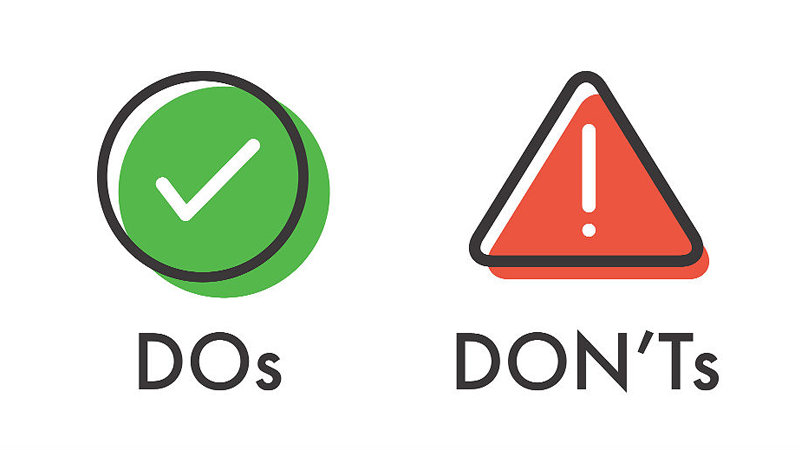Recently a friend told me that her young child had an interaction with an older child whose displayed behaviors suggest that he was neurodivergent. It was difficult for the younger child to understand the atypical communication (loud echolalia) and play style of her older companion.
My friend wanted to sensitively and appropriately guide her child to navigate the behaviors of her new acquaintance and to encourage connection between the children. I offered my best advice after considering the particulars of the children involved, and then I reached out to friends on the Fully Human Steering Committee and the FB Page Koinonia for Exceptional Orthodox Families to gather ideas from a broader lived experience with disabilities. The following list is a compilation of collective wisdom from people who have disabilities, or who teach or care for people with disabilities. It is in no way exhaustive, but hopefully will serve to encourage healthy conversations with children around the reality of human disabilities.
Some Dos and Don’ts when Explaining Disabilities to your Typically Developing Children
DO:
~Be honest.
~Give children permission to ask questions.
~Emphasize that the child with a disability is different, but those differences do not mean that he or she is better or worse than anyone else.
~Explain that we are all different because differences add beauty to the world, like how different colors make a rainbow. Each color causes us to see and experience something different from others. Disabilities represent the different things we do to live out our dreams.
~Explain that no person has every ability or every gift. However, each person has their share of abilities and gifts.
~Try to include your friends with disabilities in all your activities - like outings, dances, events. They need and want friends just like everyone does, and they want to be loved and accepted.
~Assume that everyone has abilities. We have no idea what someone is capable of, especially if they struggle to verbally communicate.
~Teach that all behaviors are a form of communication.
~When someone is having a difficult time behaviorally- think medically first. That is, there is usually a physical reason like pain or discomfort that leads to difficult behaviors.
~Tell your child that the noises your classmate makes are soothing to him.
~Tell your child, “You do not need to make noises or flap your hands when you are anxious or upset because you are able to express yourself using your words. Your friend/classmate’s behavior is a way she calms herself.”
~ Engage!
~ If you’re not sure how to include someone, just ask!
~Ask if your friend is comfortable holding hands or hugging. Some people are sensitive to different forms of physical touch.
~Talk about the specific functional disability. That is, say, “he can’t hear, she can’t walk, or he is not able to talk…”
~Model interactions. For example, say “Let’s go ask his name” or “they’re using a wheelchair to move around. I like the color. You could ask what she likes about her wheelchair.”
~If children ask “why” questions, like “Why can’t he talk?” You need not know exactly why or why not. It is OK to say we do not always understand why someone does or does not have certain abilities.
~Point out the abilities and qualities you like about the person with a disability.
~Talk about how you cope with stress or express yourself when you get excited/anxious, and how everyone expresses themselves differently. Then, ask your child how she copes with stress or expresses herself when she gets excited or anxious.
~ Explain how supports like leg braces or canes are tools that give people extra help and guidance so that they do not injure themselves as they move around.
~Read books about children with disabilities (Links to some top-rated children’s books on this topic are at the end of the article)
DON’T:
~Feel badly if your friend chooses to play a little differently than you. It does not mean he does not like you. He just might not always connect with people in the same ways you are used to.
~Think it is unfair if someone with a disability gets a little extra assistance or is allowed to make noises when you are not. The extra help or allowances actually make things more fair for everyone and make it possible for everyone to be included in activities.
~Use derogatory terms like “retarded” or “crippled“ or “dumb.”
~Make fun of or tease people because they cannot do everything you are able to do.
~Talk about the person while they are present as if they don't understand what is being said. Just because someone may not seem to communicate in the same ways you do doesn’t mean they can’t be part of the conversation!
~Assume you should treat adults with special needs as if they are children.
~Hesitate to ask questions and interact with people who seem different from you.
Some links to children’s books about disabilities are below. I briefly reviewed the list but have not read the books personally. Please use your personal discernment in choosing what books will resonate with you and your children regarding the issues surrounding disabilities.
Best picture books with disabled characters
Children's books about disabilities for all students
Presvytera Melanie DiStefano is the Resource Developer for the GOA Center for Family Care. To learn more about the CFC's disability ministry, Fully Human, click here.
